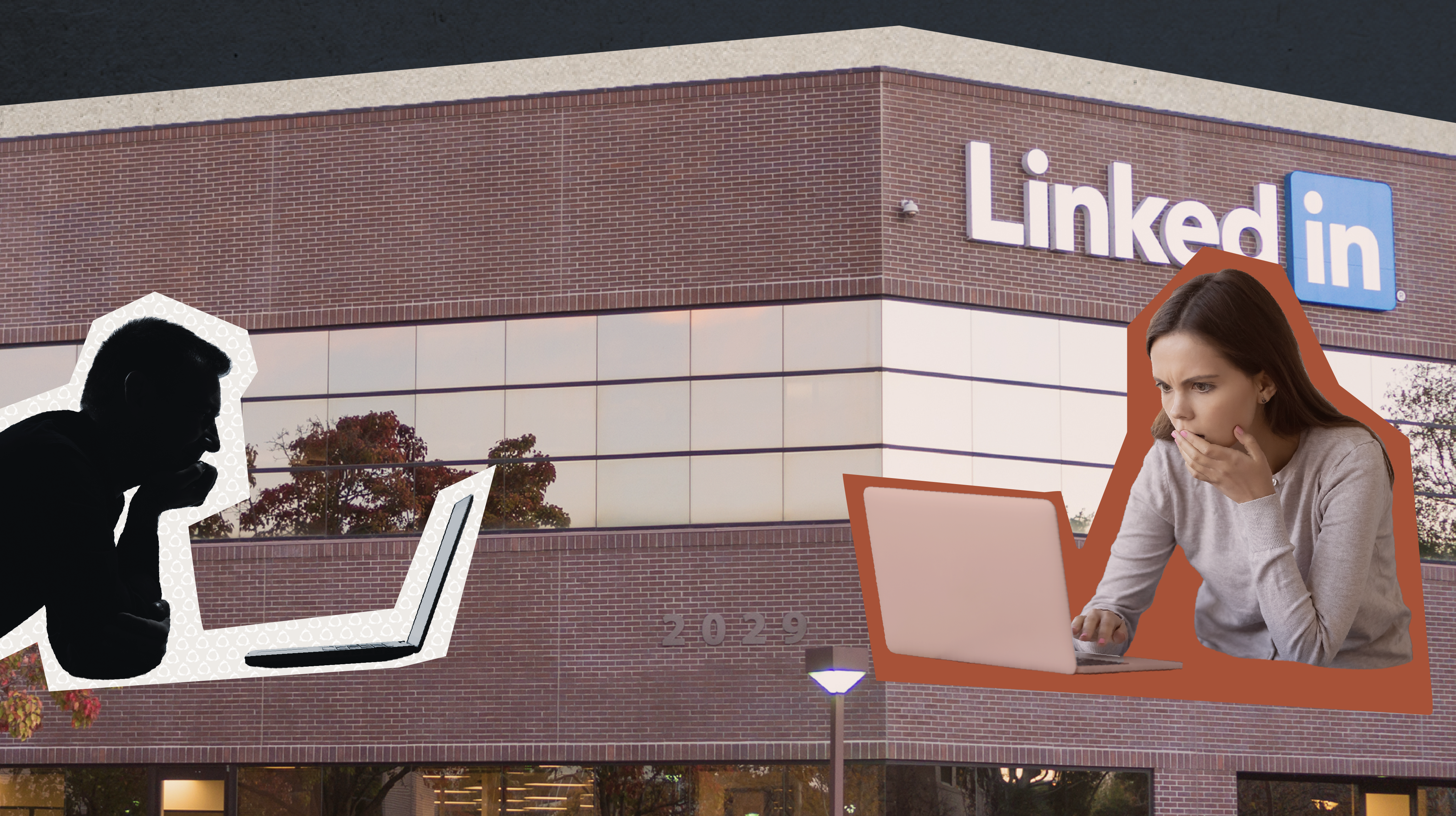LinkedIn, when used as intended, can serve as a valuable business platform that allows users to generate business and expand their network while developing skills and knowledge. Unfortunately, many users, particularly women, are finding that some of their ‘professional’ connections are behaving in a manner that is anything but. Inappropriate comments, unwelcome romantic advances, and straight up trolling are all too frequent, ruining the experience for many female professionals. An increasing number of women are sharing their stories, in hopes that offenders will clean up their act and that LinkedIn will improve efforts to regulate inappropriate behaviour.
LinkedIn is Not a Dating App
It should go without saying that LinkedIn is not a dating app. Although it’s always been presented as a professional networking and career development platform, some men continue to use LinkedIn to pursue romantic connections.
Marketing Director Bella Mitchell says that she is frequently contacted via LinkedIn with messages commenting on her beauty, which often include an invitation to meet.
“One older man went as far as to message me saying ‘You’re very pretty, can I offer you an interview with my company? I think you’d be a great fit,’” Mitchell said in her email. “I was shocked by the audacity, but also his company was literally a one-person consulting firm … aka himself.”1
Writing for Hello Giggles, culture writer Mikeisha Vaugh explains that self-dubbed ‘Sugar Daddies’, with their money stock images have spilled over from other social networking platforms to LinkedIn, “an employment-oriented service, where it seems employment is the furthest thing from their minds.”2
In some troubling cases, strangers have gone so far as to repeatedly call a woman’s current workplace seeking an in-person meeting, or have sent users messages containing sexually graphic photos.
Unwelcome Comments on LinkedIn
While other cases may be less extreme, they’re far from appropriate.
After receiving her ‘dream internship’, Regina Scott made a celebratory LinkedIn post. In response, the 25-year-old received many messages, but, instead of business, most wanted to comment on her appearance, including a message from an exec at a well known tech company.
“I thought it was pretty cool since I would love to make new connections with people in big tech companies, and then he hit on me,” she recalled.3
“I’m very driven to build my career,” says another young professional who met a LinkedIn contact, only to realize the male considered the meeting as a date. For her, LinkedIn is an important part of career development, “I don’t have the privilege of having a father who knows someone in the industry.”4
Speaker and author Samra Zafar sums up the frustrations felt by many female professionals.
“I’m an intelligent, smart, accomplished woman,” she says, “and all I’m being seen for are my legs or my eyes or my dating eligibility.”1
LinkedIn Called Upon to Do More
In response to calls for increased action, LinkedIn has cited improvements to their process, including more prevalent reminders about standards and policies, and machine learning which detects potential harassment within messaging.5
The platform has also worked to make its reporting process easier and more open.
“We encourage all members to let us know if something doesn’t feel right and we will quickly investigate and take action to enforce our policies,” says LinkedIn.4
Violations reports can result in warnings, suspensions, or account terminations. In other instances the reporting party is informed that the offence in question didn’t meet the threshold for action, and are invited to block the unwelcome user.
“We know that professional can mean different things to everyone,” says the company. “We’ve strengthened our Professional Community Policies to make it even more clear that hateful, harassing, inflammatory or racist content has absolutely no place on our platform.”6
Katie Fiore, founder of social impact organization Her Future Work, believes the company needs to be more proactive in curbing offenders instead of relying on the user-reporting process.
“It puts the onus on women to moderate and remediate harassment by taking action when they experience it,” she writes for Fast Company, noting that “women already have plenty on their plates without adding unpaid monitor to the list.”7
Changing Attitudes
Ultimately, LinkedIn harassment is a symptom of the larger societal problem of workplace sexism. The willingness of some people to participate in unseemly behaviour on a platform that offers little in the way of anonymity speaks volumes.
“For them to be messaging me like that I was shocked – what are you doing you are risking all of this just to hit on someone?” asks Scott.3
Eliminating harassment on LinkedIn will involve a combination of education, dedication, and enforcement. Eradicating outdated attitudes in the world at large will require the same, in even greater measure.
Cited Sources
1 Somos, Christy. “’It’s Not a Compliment.’ Women Speak out on Linkedin Harassment.” CTVNews. CTV News, December 20, 2021. https://www.ctvnews.ca/business/it-s-not-a-compliment-women-speak-out-on-linkedin-harassment-1.5671050.




